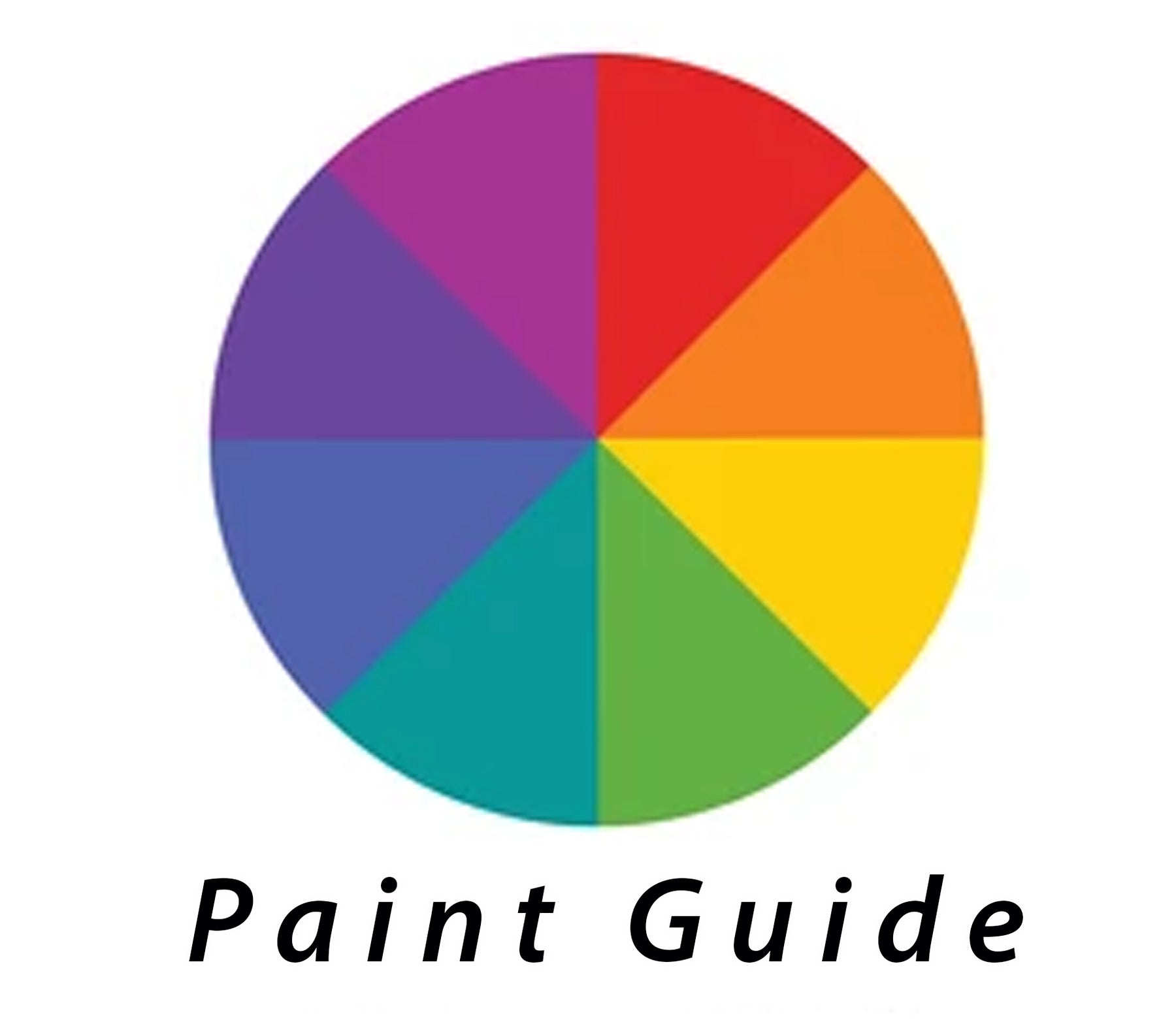Free Shipping on orders over $89!*
Free Shipping
on orders over $89!*


|
Art and Illustration Paints |
|||||||||
|---|---|---|---|---|---|---|---|---|---|
|
Paint Line |
Base |
Finish |
Spray Ready |
PSI |
Tip Size |
Non-
Toxic |
Opacity |
#Colors |
|
|
Acylic |
Flat |
Yes |
40-50 psi |
.5mm ≥ |
Yes |
Trns/Opq. |
72 |
||
|
Water w/Solvent |
Semi-Gloss |
Yes |
30-50 psi |
.35mm ≥ |
No |
Trns/Opq. |
55 |
||
|
Water w/Solvent |
Flat |
Yes |
20-40 psi |
.2mm ≥ |
No |
Transparent |
52 |
||
|
Water w/Solvent |
Flat |
Yes |
15-30 psi |
.15mm ≥ |
No |
Transparent |
16 |
||
|
Water w/Solvent |
Flat |
Yes |
15-30 psi |
.15mm ≥ |
No |
Transparent |
15 |
||
|
Acylic |
Semi-Gloss |
Yes |
30-50 psi |
.5mm ≥ |
No |
Trans/Opq |
48 |
||
|
Acylic |
Semi-Gloss |
Yes |
25-50 psi |
.2mm ≥ |
No |
Opaque/Transparent |
|||
|
Acylic |
Flat |
Yes |
15-30 psi |
.15mm ≥ |
Yes |
Trans/Opq |
86 |
||
|
Watercolor |
Flat |
Yes |
15-30 psi |
.15mm ≥ |
Yes |
Transparent |
36 |
||
Hobby Paints |
|||||||||
| Wicked | Water w/Solvent | Semi-Gloss | Yes | 30-50 psi | .5mm ≥ | No | Trans/Opq | 162 | |
| Alphanamel |
|
Gloss | No | 30-40 psi | .5mm ≥ | No | Opaque | 37 | |
| 1 Shot | Oil-Enamel | Gloss | No | 30-40 psi | .5mm ≥ | No | Opaque | 56 | |
| Mission Models | Acrylic | Matte | Yes | 25-40 psi | .2mm ≥ | Yes | Opaque | 44 | |
| Minitaire | Acrylic | Gloss | Yes | 25-30 psi | .35mm ≥ | Yes | Opaque | 50 | |
Face/Body Paint and Makeup |
|||||||||
| Temptu SB | Silcone | Semi-Gloss | Yes | 15-25 psi | .35mm ≥ | Yes | Opaque | 81 | |
| Mehron Liquid Makeup | Water | Satin | No | 20-30 psi | .5mm ≥ | Yes | Opaque | 10 | |
| ProAiir Hybrid | Water/Alcohol | Satin | Yes | 15-30 psi | .3mm ≥ | Yes | Opaque | 35 | |
| ProAiir Ink | Alcohol | Satin | Yes | 15-30 psi | .35mm ≥ | Yes | Opaque | 40 |
Base: The base and or binder (vehicle) of the paint. Finish: The sheen of the paint once dry (how shiny it is.) Spray Ready: Whether or not the paint is ready to be sprayed through an airbrush. PSI: The recommended pressure (Pounds Per Square Inch) for the paint to be sprayed through an airbrush. Tip Size: The recommended nozzle size for the paint to be used strait out of the bottle. (Or in the case or non airbrush ready paints, once mixed.) Opacity: How opaque or transparent the paint is. #Colors: Number of colors available in the paint line.

